Lost ground alert! Although it's not fully a lost ground, we can still consider this one. And what a gem it is! De Kraal is the former stadium of VVV Venlo, but since the early 70s they play in De Koel - only a few 100 meters further down the road. You can actually see the floodlights when you are in De Kraal.

Officially VVV Venlo started in 1903, but actually the start of their history already dates from the end of the 19th century. That's when a group of friends started De Gouden Leeuw. The next couple of years the name would change several times. Valuas was one of the names that was used for the longest time. In 1903 the final name change happened and it became Venlose Voetbal Vereniging. The team considers that year as the actual start up. They should take more pride in the real start up date in our opinion though.
In 1909 they absorbed the neighbouring teams VITOS and THOR (yes, Tot Heil Onzer Ribbenkast) and one year later they did the same with another neighbouring team; Quick. The first couple of years of their existence the team couldn't participate in the regional first division as the south of The Netherlands didn't have this, where this was existing in other parts of the country. Their region only started with a real first division in 1912. Up until 1953 VVV would go up and down between that first and second division.
Interesting enough that year it came to a fight between the Dutch FA and VVV as the FA accused the team of paying their players, which was prohibited in The Netherlands. It started a heated discussion and it resulted in the creation of a professional Dutch FA. Oddly enough VVV didn't move to that professional FA, but instead Sportclub Venlo 54 did. This was a newly created team in Venlo. 1954 was a weird year for Dutch football, because not only did they have two FAs but the two teams in Venlo were battling a heavy fight as well. SC Venlo 54 had alternating stadiums of which De Kraal was one. Due to a dispute regarding the rent VVV at one point closed down De Kraal with barb wire so SC Venlo 54 couldn't play there anymore. In July VVV got full rent of De Kraal and SC Venlo 54 had to move away. In November though, one day after the two Dutch FAs merged, VVV and SC Venlo 54 decided to merge after all and they became Sportclub VVV 03.
The new VVV played first division football and managed to be a great subtop team, often making it difficult for the real top teams. In 1961 they even ended third and went to play European football. One year later though they relegated to second division. They stayed there until 1972, by coincidence also the year they moved from De Kraal to De Koel. From the very start VVV had always played in De Kraal, named after the bar next to the stadium. It was also the start of the way up for the team. During the 80s they even managed to go back to European football.
By the end of the 80s they relegated again and ever since they are going up and down between first and second division. We might be able to go deeper into their history when we visit De Koel (which was completely closed unfortunately when we visited De Kraal). At the moment VVV is back in first division with some good results. Hopefully they will become a very decent subtop team again.
Anecdote: The famous Belgian player Luc Nilis currently is their attacking trainer and they have had some other big names in the team as well. A couple of examples are Advocaat, Amrabat, Babangida, Honda and Faas Wilkes.
Anecdote2: This brings us to our second anecdote. Former player Herman Teeuwen was one of the players that first played professional football for both SC Venlo 54 and VVV. Afterwards he was also a scout for VVV. In 2003 he became ill in De Koel and not much later he died. At his own request his ashes are buried in the pitch of De Koel.
Anecdote3: As we already mentioned the name De Kraal comes from the bar next to the stadium. But the owner of the bar named the bar De Kraal as a reference to the civil war in Transvaal (South Africa) where every village was called a "kraal". Currently the stadium is still being used for training purposes, but the terracing and some other features have remained unused and make this a wonderful place to visit.





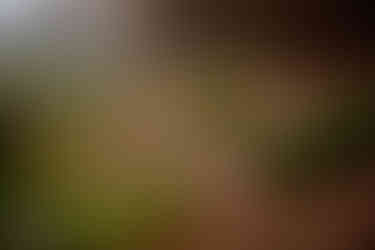






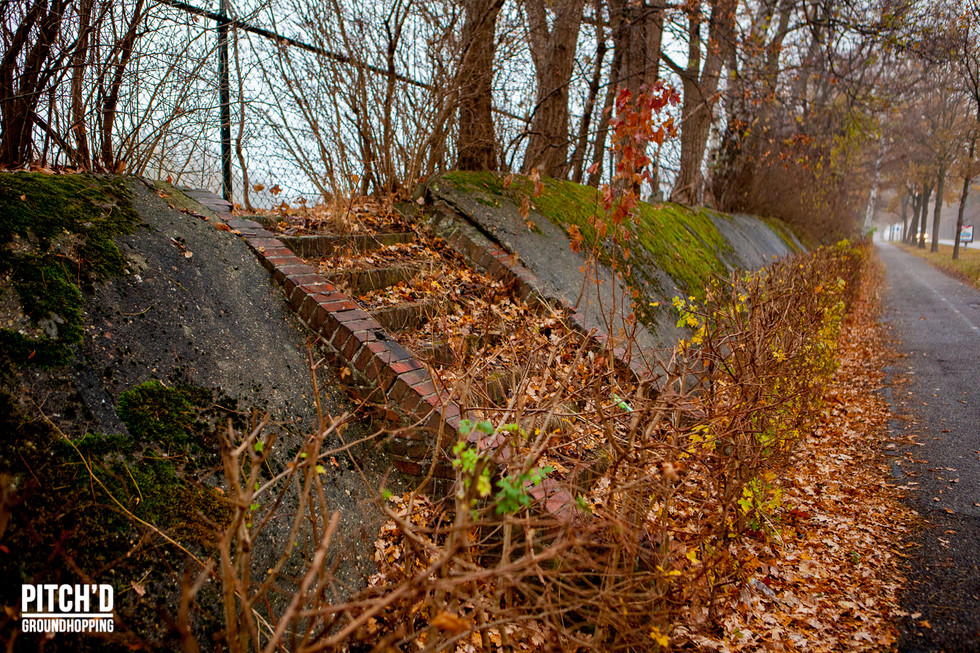
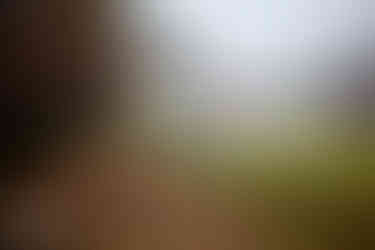


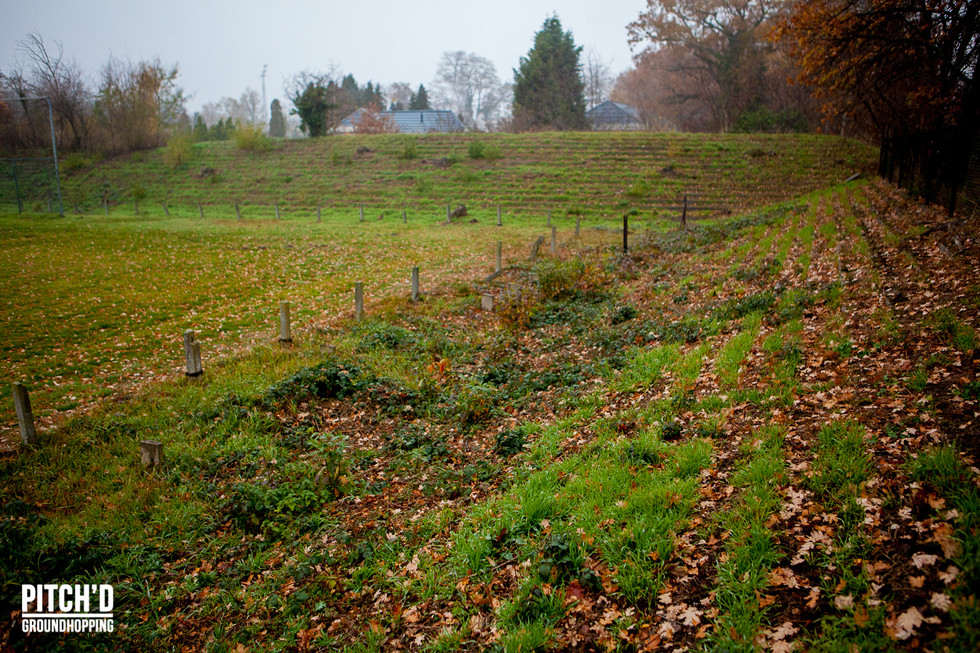







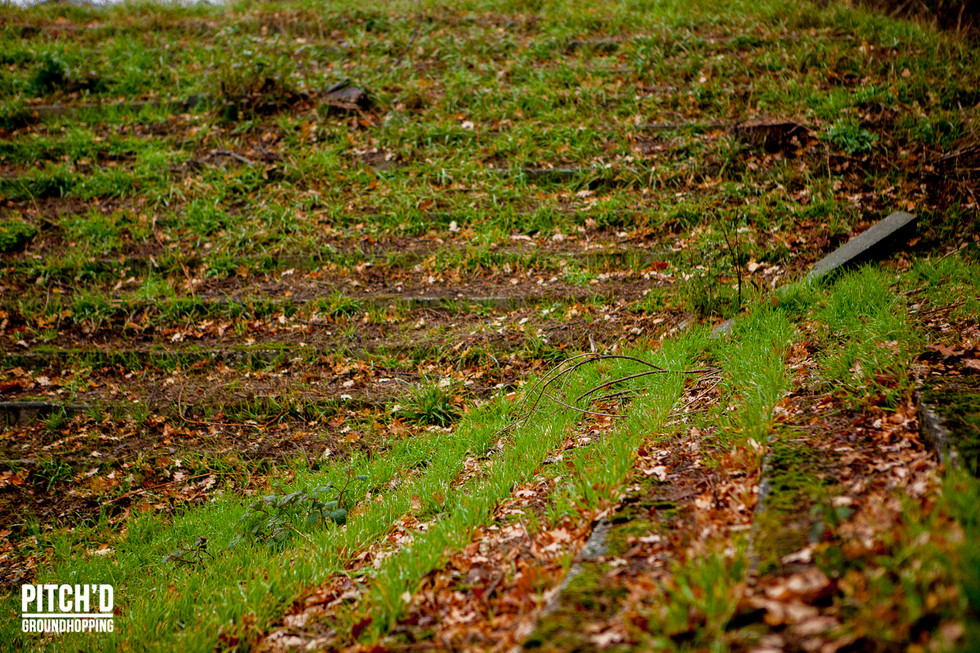

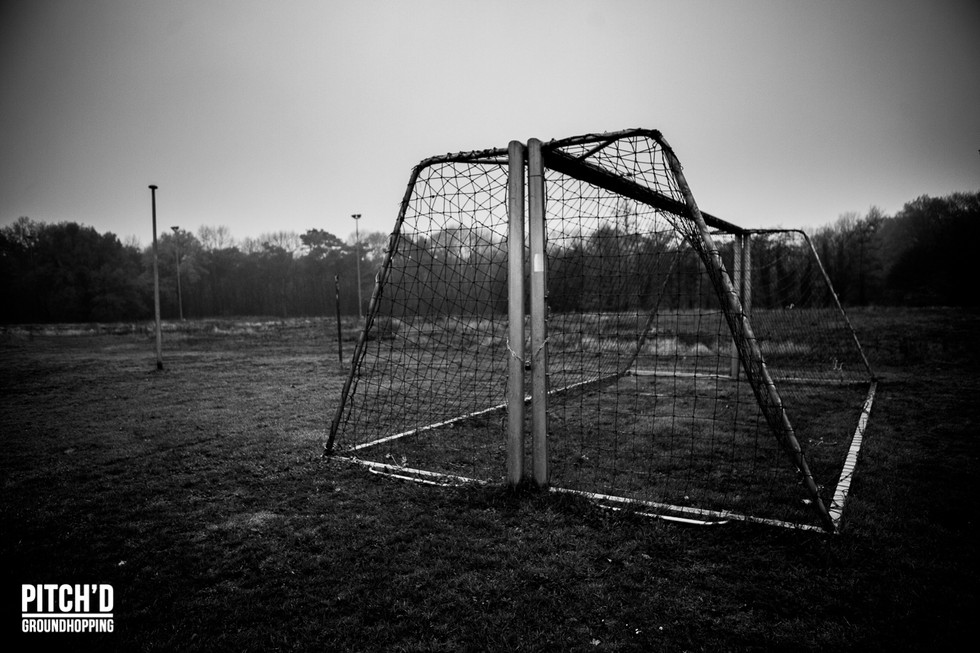
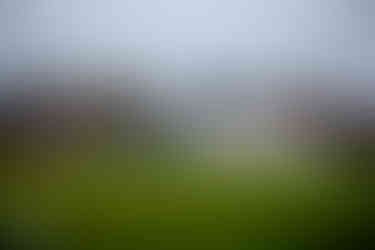




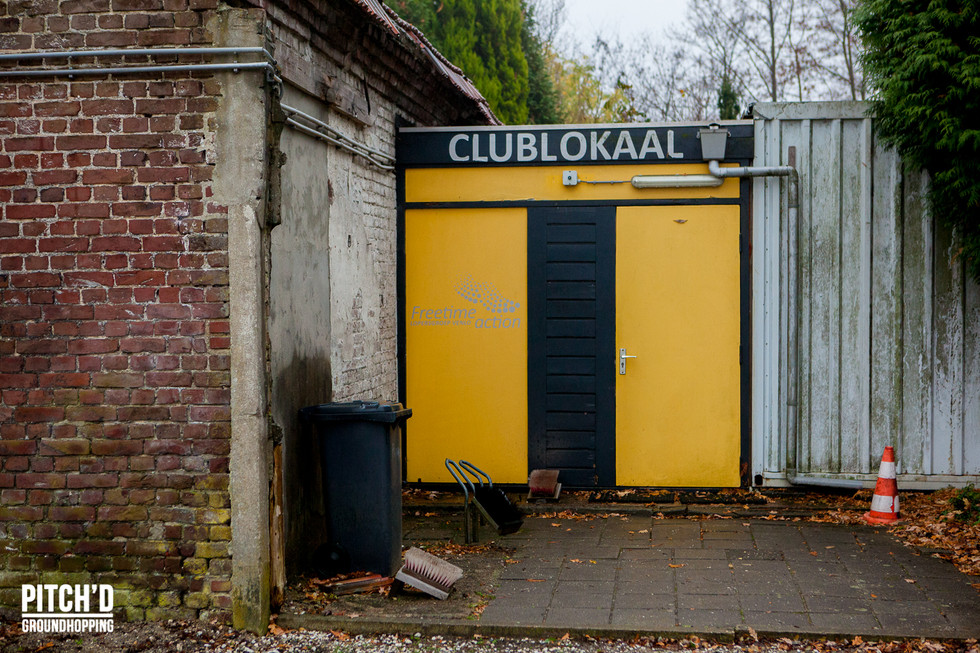


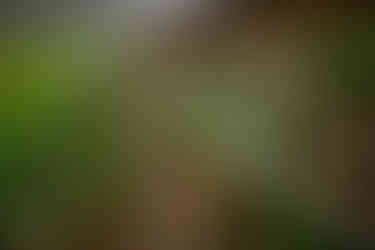

Comments